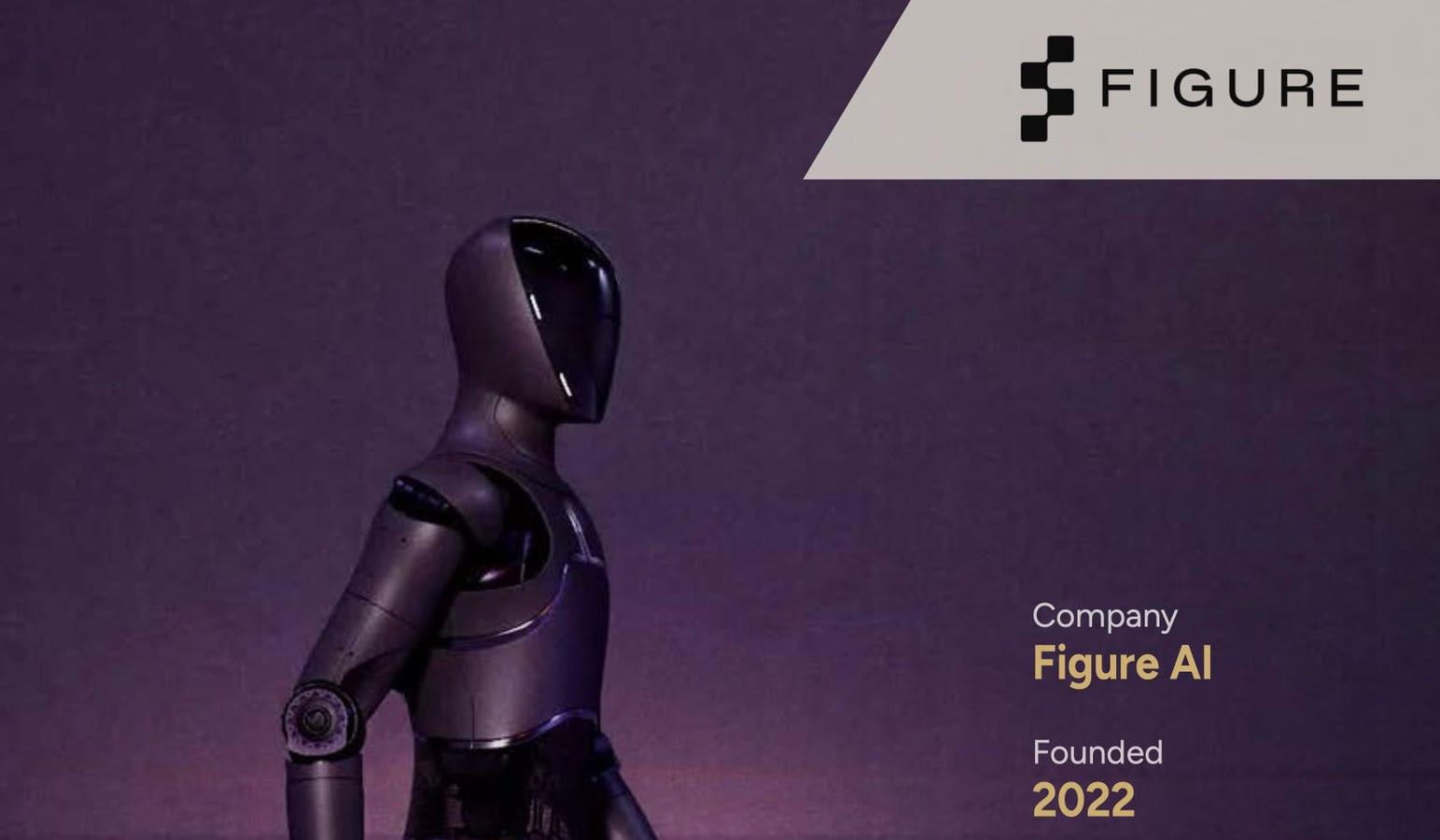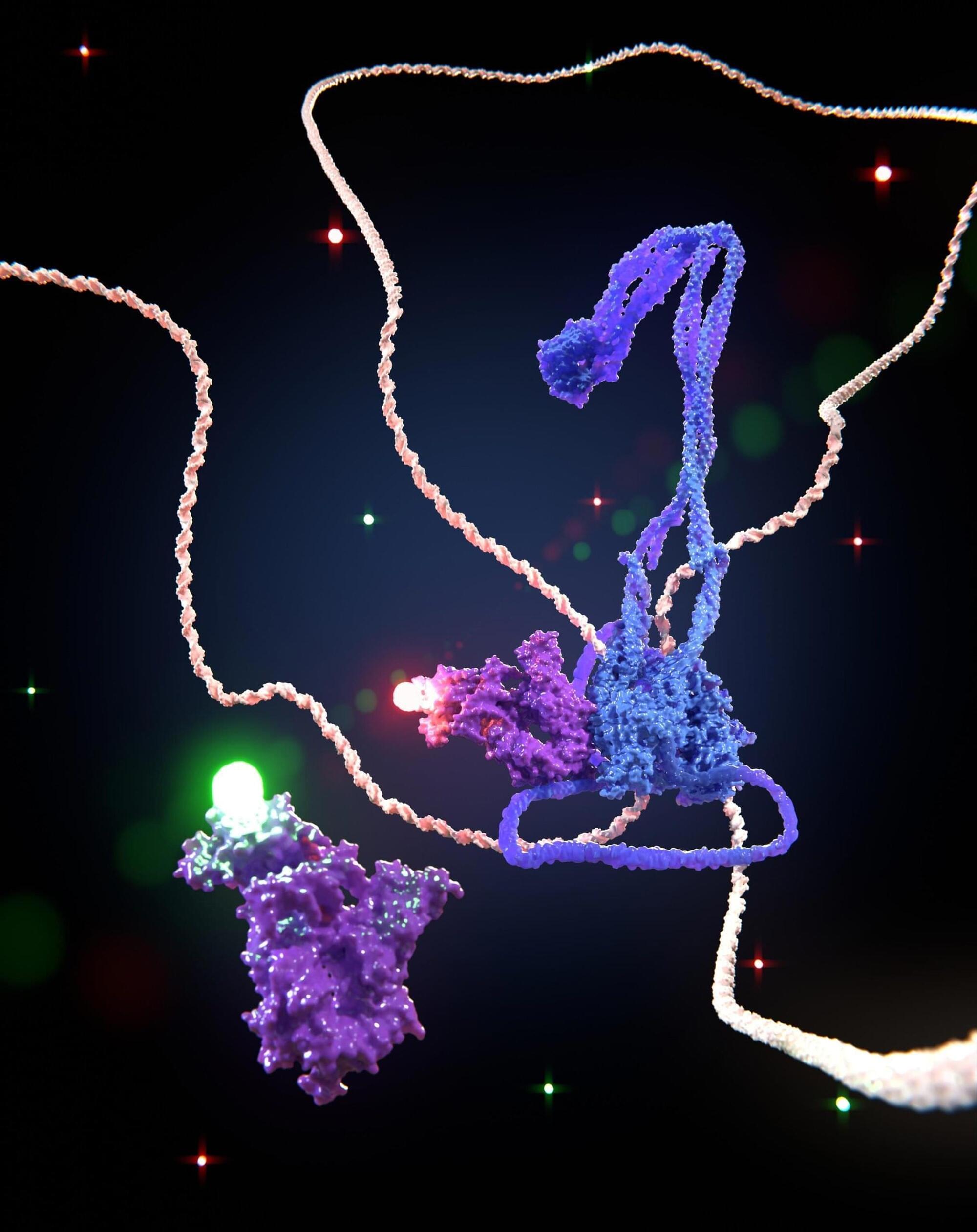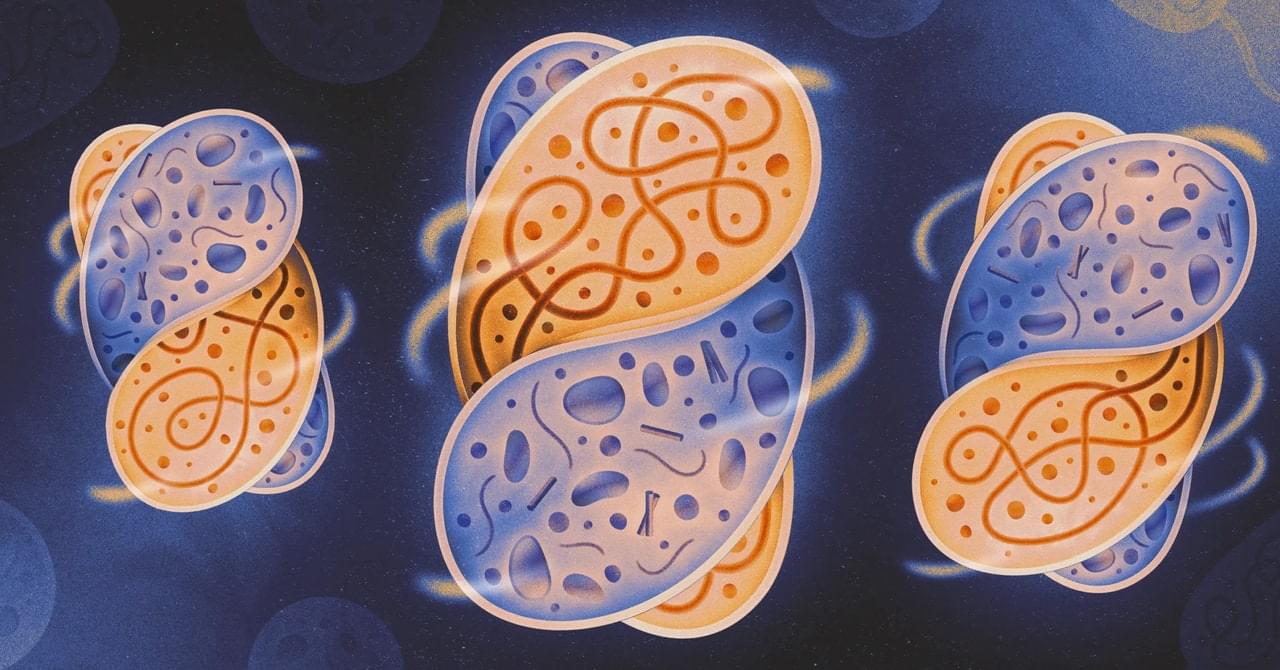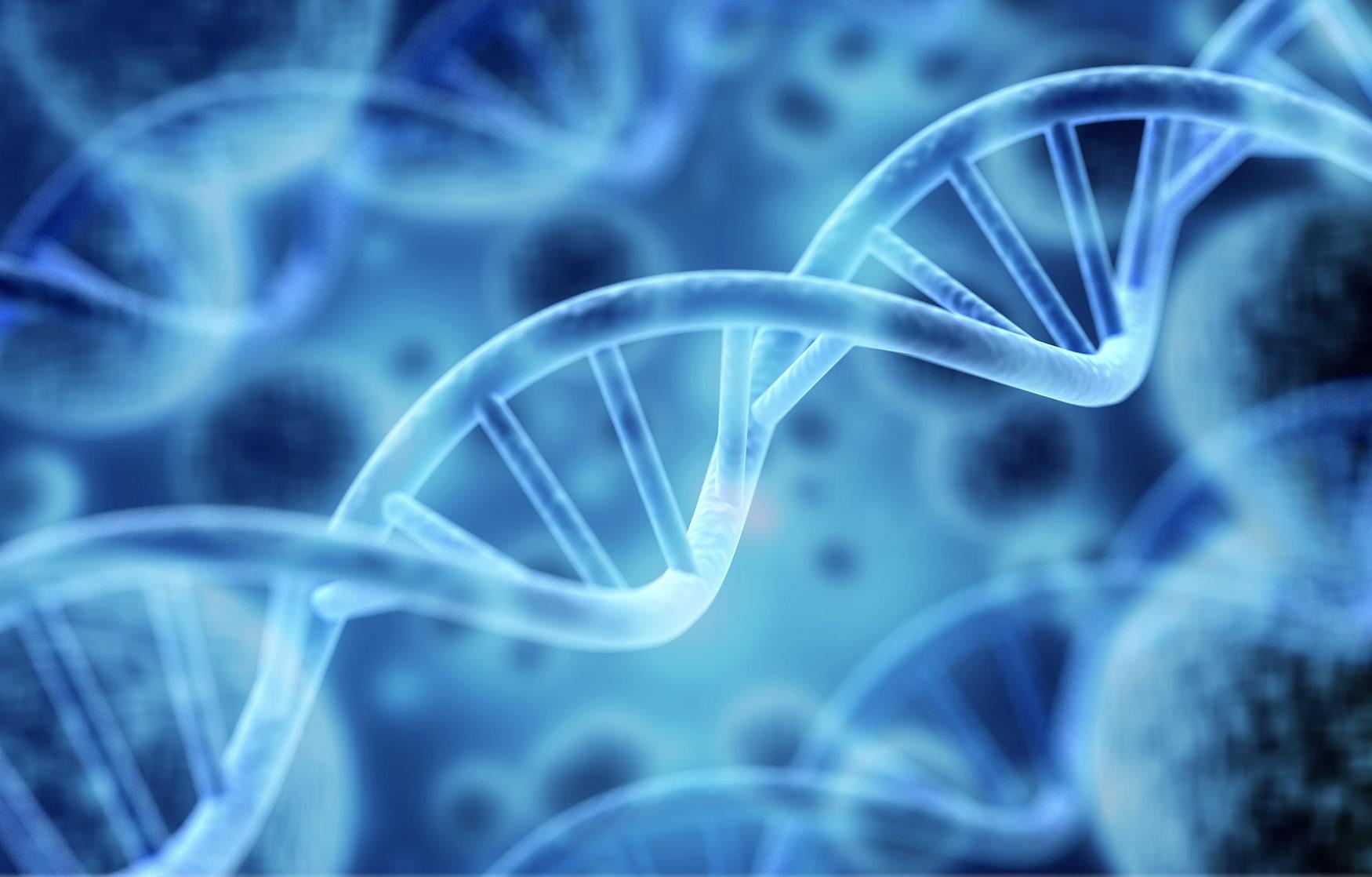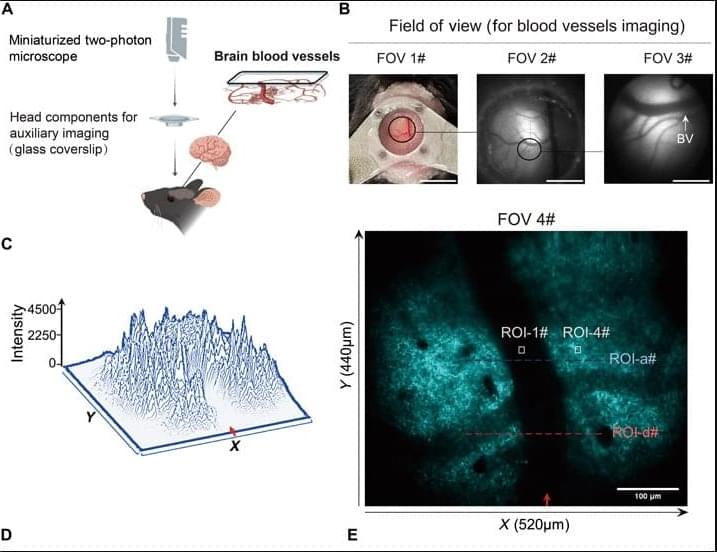“If you lease it like you lease a car, a $30,000 car, your price point per month is 300 bucks,” says author, futurist, investor, doctor, and engineer Peter Diamandis in a recent TechFirst podcast. “And that translates amazingly to $10 a day and 40 cents an hour. So you’ve got labor that’s waiting for whatever your wish is. You know, clean up the house, go mow the lawn, you know, please change the baby’s diapers.”
In today’s AI news, a majority of senior executives across multiple industries expect AI to fundamentally reshape their businesses in the next 12 to 24 months, according to KPMG’s latest AI Quarterly Pulse Survey. According to the survey, 68% of executives plan to invest between $50M and $250M into GenAI over the next 12 months, marking a substantial increase from 45% in Q1 of 2024.
S chief AI scientist, Yann LeCun, the biggest takeaway from DeepSeek In other advancements, hot healthcare startup Rad AI has raised a Series C funding round. The company, which creates AI-powered tools for radiologists, grabbed $60 million dollars of fresh funding in a Series C round led by Transformation Capital, according to two sources, the new fundraise valued Rad AI at $525 million.
Meanwhile, Alphabet’s Google, already facing an unprecedented regulatory onslaught, is looking to shape public perception and policies on artificial intelligence ahead of a global wave of AI regulation. A key priority comes in building out educational programs to train the workforce on AI. “Getting more people and organizations, including governments, familiar with AI and using AI tools, makes for better AI policy and opens up new opportunities.”
T be fixated on the best big model … + Then, join renowned investor Ray Dalio of Bridgewater Associates, for an engaging fireside chat with Merantix Capital Co-Founder, Rasmus Rothe exploring the enormous potential of artificial intelligence in decision-making, innovation, and global investing.
And, artificial general intelligence could possess the versatility to reason, learn and innovate in any task. But with rising concerns about job losses, surveillance and deepfakes, will AGI be a force for progress or a threat to the very fabric of humanity?
We close out with, a thought-provoking panel discussion, moderated by Becky Anderson, Anchor & Managing Editor of CNN Abu Dhabi, featuring Ian Bremmer, President and Founder of Eurasia Group and GZERO Media; Nadia Calviño, President of the European Investment Bank; Ngozi Okonjo-Iweala, Director General of the WTO; Brad Smith, Vice Chair and President of Microsoft; and Peng Xiao, CEO of G42.
Thats all for today, but AI is moving fast, Like, comment, and subscribe for more AI news! Please vote for me in the Entrepreneur of Impact Competition today! Thank you for supporting my partners and I, it’s how I keep Neural News Network free.
Researchers hypothesize a fifth force of nature that could explain the intricate relationship between dark matter and dark energy, suggesting a revolutionary expansion of the Standard Model of physics.
Could a new, fifth force of nature help answer some of the biggest mysteries about dark matter and dark energy? Scientists are actively exploring the possibility.
The Standard Model of physics is widely regarded as one of the greatest achievements in modern science. It describes the universe’s four known forces — gravity, electromagnetism, and the strong and weak nuclear forces — as well as a diverse array of fundamental particles and their interactions. By many measures, it stands as one of the most successful scientific theories in history.
SMC proteins can reverse direction, reshaping DNA
DNA, or deoxyribonucleic acid, is a molecule composed of two long strands of nucleotides that coil around each other to form a double helix. It is the hereditary material in humans and almost all other organisms that carries genetic instructions for development, functioning, growth, and reproduction. Nearly every cell in a person’s body has the same DNA. Most DNA is located in the cell nucleus (where it is called nuclear DNA), but a small amount of DNA can also be found in the mitochondria (where it is called mitochondrial DNA or mtDNA).
Examples of endosymbiosis are everywhere. Mitochondria, the energy factories in your cells, were once free-living bacteria. Photosynthetic plants owe their sun-spun sugars to the chloroplast, which was also originally an independent organism. Many insects get essential nutrients from bacteria that live inside them. And last year researchers discovered the “nitroplast,” an endosymbiont that helps some algae process nitrogen.
So much of life relies on endosymbiotic relationships, but scientists have struggled to understand how they happen. How does an internalized cell evade digestion? How does it learn to reproduce inside its host? What makes a random merger of two independent organisms into a stable, lasting partnership?
Now, for the first time, researchers have watched the opening choreography of this microscopic dance by inducing endosymbiosis in the lab. After injecting bacteria into a fungus—a process that required creative problem-solving (and a bicycle pump)—the researchers managed to spark cooperation without killing the bacteria or the host. Their observations offer a glimpse into the conditions that make it possible for the same thing to happen in the microbial wild.
We report the use of a multiagent generative artificial intelligence framework, the X-LoRA-Gemma large language model (LLM), to analyze, design and test molecular design. The X-LoRA-Gemma model, inspired by biological principles and featuring ~7 billion parameters, dynamically reconfigures its structure through a dual-pass inference strategy to enhance its problem-solving abilities across diverse scientific domains. The model is used to first identify molecular engineering targets through a systematic human-AI and AI-AI self-driving multi-agent approach to elucidate key targets for molecular optimization to improve interactions between molecules. Next, a multi-agent generative design process is used that includes rational steps, reasoning and autonomous knowledge extraction. Target properties of the molecule are identified either using a Principal Component Analysis (PCA) of key molecular properties or sampling from the distribution of known molecular properties. The model is then used to generate a large set of candidate molecules, which are analyzed via their molecular structure, charge distribution, and other features. We validate that as predicted, increased dipole moment and polarizability is indeed achieved in the designed molecules. We anticipate an increasing integration of these techniques into the molecular engineering workflow, ultimately enabling the development of innovative solutions to address a wide range of societal challenges. We conclude with a critical discussion of challenges and opportunities of the use of multi-agent generative AI for molecular engineering, analysis and design.
Cosmic Filaments: Spinning Giants in the Universe
Cosmic filaments, the universe’s largest known structures, have been discovered to rotate, challenging existing cosmological theories. Stretching hundreds of millions of light-years, these tendrils of dark matter and galaxies connect the cosmic web, funneling matter into galaxy clusters at their intersections. This groundbreaking observation reveals rotational motion on an enormous scale, previously thought impossible.
Researchers used an AI to simulate over 500 million years of evolution and created an entirely new protein we’ve never seen before.
Microplastics in the bloodstream can induce cerebral thrombosis by causing cell obstruction and lead to neurobehavioral abnormalities
Posted in neuroscience | Leave a Comment on Microplastics in the bloodstream can induce cerebral thrombosis by causing cell obstruction and lead to neurobehavioral abnormalities
New Science Advances research in mice reveals that immune cells in the brain engulf microplastics, forming clusters that can cause cerebral clots.
Scientists from the Max Planck Institute for the Structure and Dynamics of Matter (MPSD) and MIT
MIT is an acronym for the Massachusetts Institute of Technology. It is a prestigious private research university in Cambridge, Massachusetts that was founded in 1861. It is organized into five Schools: architecture and planning; engineering; humanities, arts, and social sciences; management; and science. MIT’s impact includes many scientific breakthroughs and technological advances. Their stated goal is to make a better world through education, research, and innovation.
